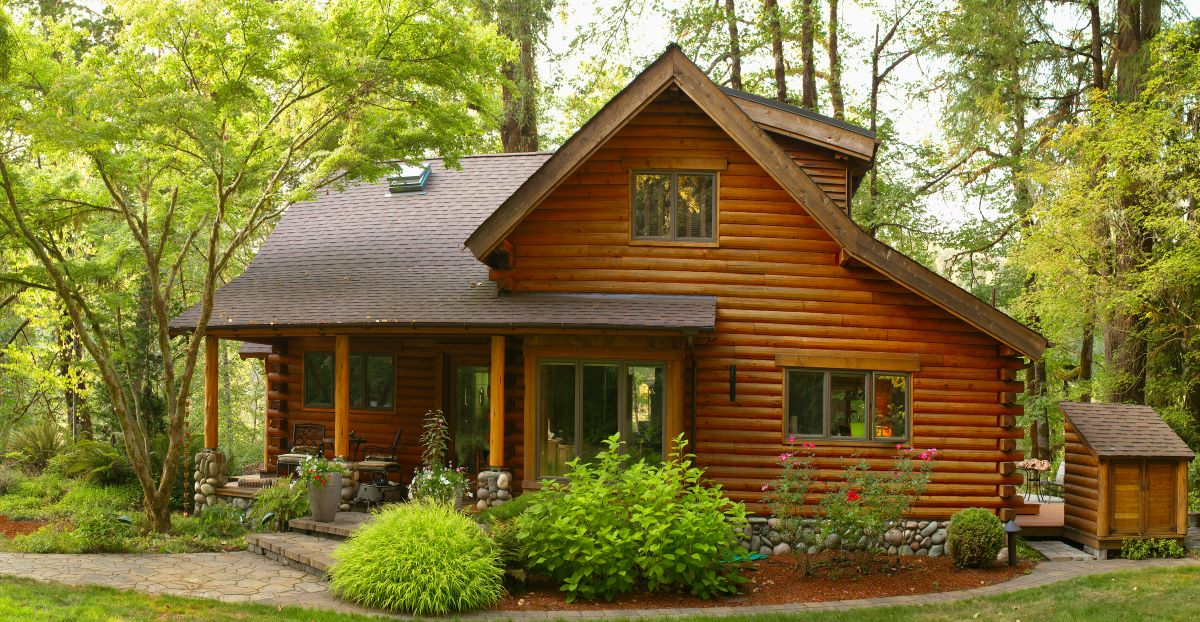
They’re beautiful to look at and often fit right in with the natural landscape that surrounds them. But did you know that log cabins have some very specific risks when it comes to insurance? You’ll still find many of the factors that impact a non-log home’s insurance pricing, but here are some other factors you may not have realized impact log cabin insurance:
Properties of Wood
The wood used in construction of your log home is a factor that insurance underwriters take into account. Using larger logs (thicker than 8 inches in diameter) actually reduces your risk, as they are more resistant to wind, fire, and other damage. However, their replacement cost is higher. The wood’s resistance to fire is actually measured by a “fire resistance rating”, which actually estimates, “the period of time a building element, component or assembly maintains the ability to confine a fire, continues to perform a given structural function, or both…”
Damage and Protection of Wood
Speaking of the wood, there are obviously some traits about the material that make it more susceptible to certain kinds of damage. One of the most obvious is damage from wood-destroying insects and birds, including termites, carpenter bees, woodpeckers, and more. Typically, homeowners insurance will not cover insect or pest damage. Many people don’t find this out until they have a claim – often an expensive one – that gets denied. In addition, caring for the wood on your log home is important, as rotting wood is often excluded and “lack of homeowner maintenance” can cause claims to be denied. Staining and sealing the wood on your log cabin on a regular basis is a key piece of that maintenance.
Foundation
Log cabins have various foundation types, from concrete slabs to strips to pads (or tiers). The reason this matters is because of the potential for subsidence (gradual caving in or sinking). The sturdier your foundation, the less risk will be factored into your cost for insurance.
Roofing Material
Although many log homes now use asphalt shingle or even metal roof materials, some people like the look of a more traditional wood shingle. Unfortunately, these materials may be more susceptible to risks like fire, wind, and water damage. This will result in higher insurance rates.
What other factors will your log home encounter in the insurance underwriting process? Contact us at 865.453.1414 and we’ll discuss your specific risks and how you can find the best policy for your property.